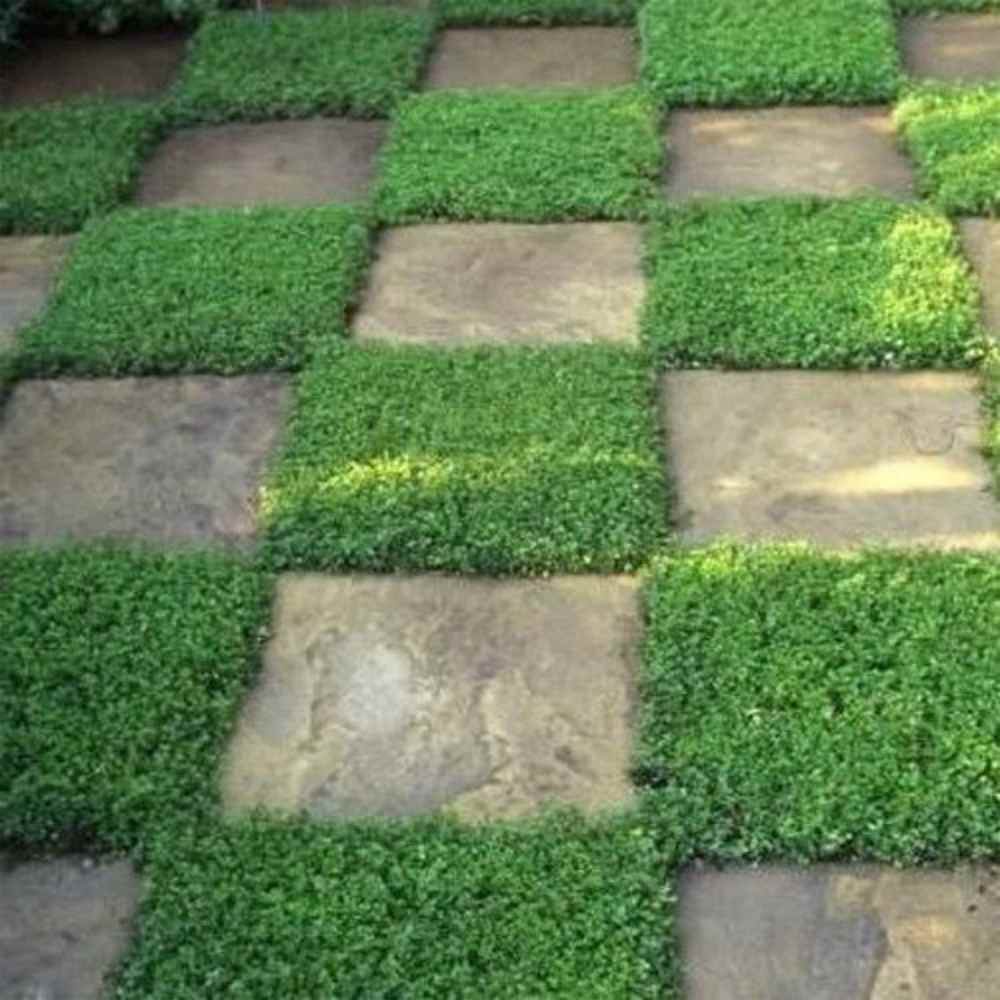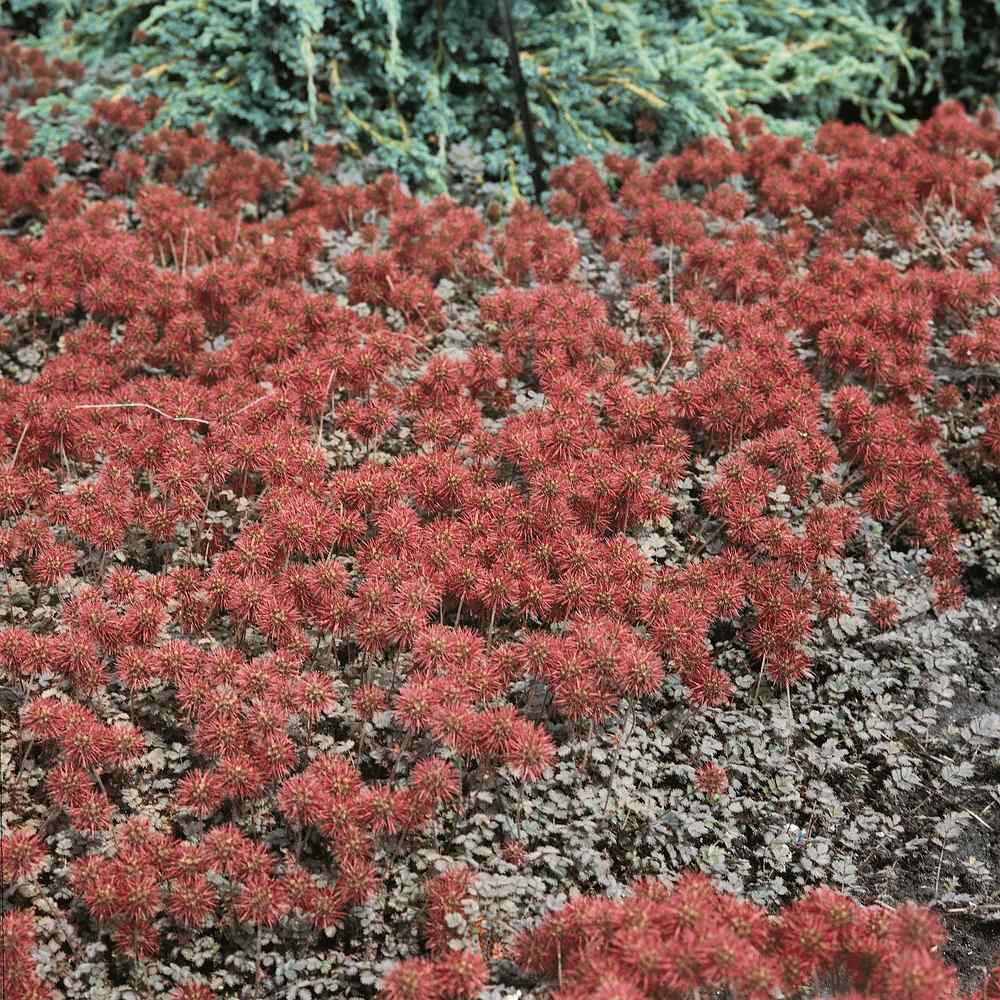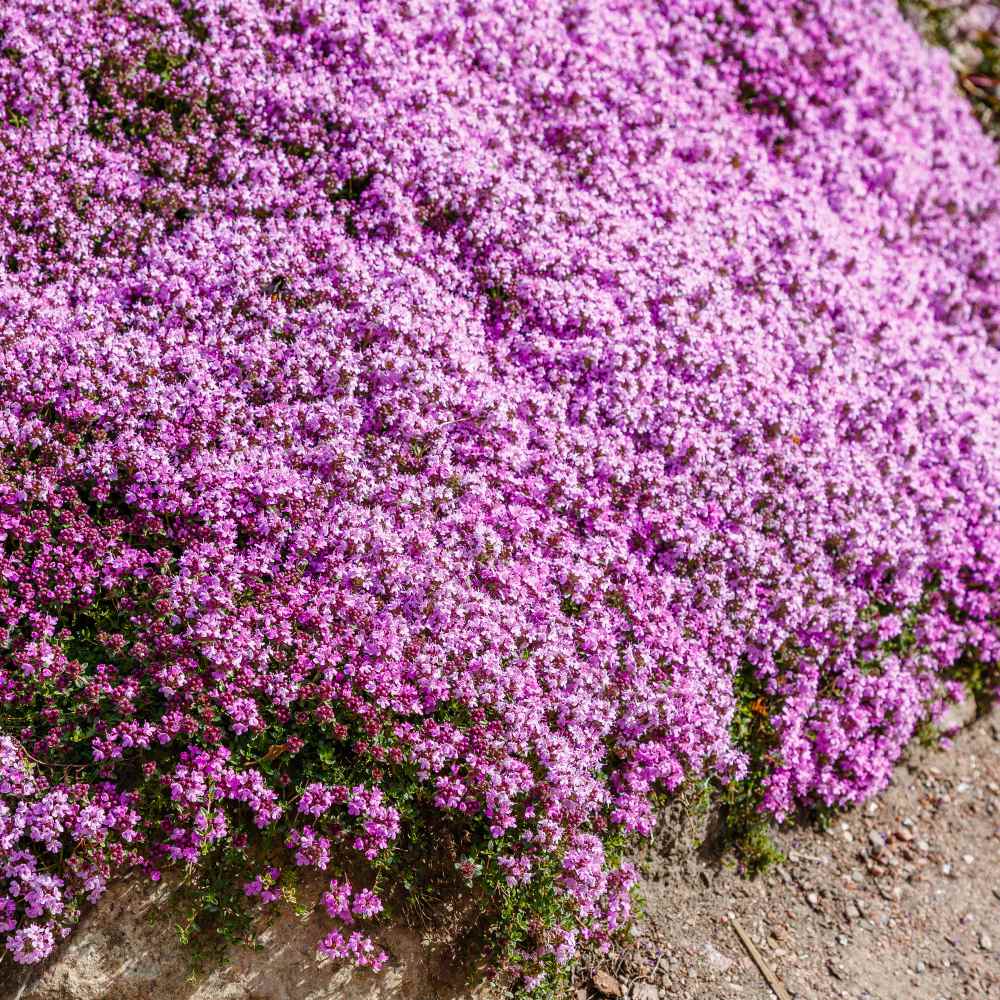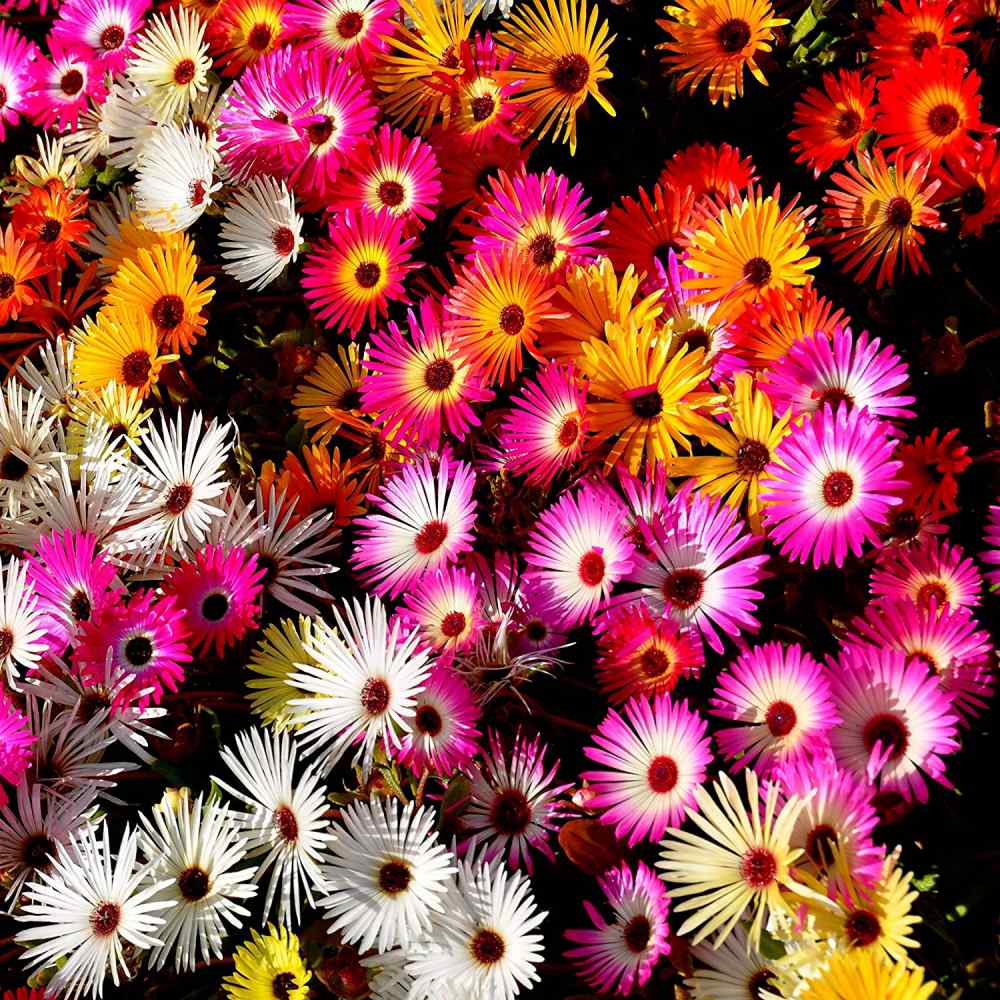
Antennaria Planting and Care Guide
Quick Facts About Antennaria
Antennaria forms a very low, creeping mat of tiny flowers which will bloom towards the end of spring and last until the middle of summer.
Antennaria works great in rock gardens, mass ground cover plantings, in between flagstones, or on top of rock walls.
Planting Time
Can be started indoors 6 - 8 weeks before the end of frost season and then transplanted outside once temperatures are consistently warm. For areas with long growing seasons, seeds can be started directly outside in a prepared seedbed after danger of frost.

Planting Location
Full sun in sandy to clay soils.
How to Plant Antennaria
- Sow indoors 6 - 8 weeks before end of frost season. For areas with long growing seasons, Antennaria can be started directly outside in a prepared seedbed.
- Sow 8 - 12 seeds per cell in starter trays, or per plant if starting directly outdoors.
- Do not cover seeds, but press into soil.
- Germination can be irregular and slow.
- Keep seeds moist but not wet until germination.
- As soon as seedlings emerge, provide plenty of light on a sunny windowsill or grow seedlings to the 3 leaf stage beneath fluorescent plant lights turned on 16 hours per day, off for 8 hours at night. Raise the lights as the plants grow taller. (Transplant to larger pots once they are large enough to handle if needed) Incandescent bulbs will not work for this process because they will get too hot. Most plants require a dark period to grow, do not leave lights on for 24 hours.
- Before transplanting, seedlings need to be “hardened off”. Accustom young plants to outdoor conditions by moving them to a sheltered place outside for a week. Be sure to protect them from wind and hot sun at first. If frost threatens at night, cover or bring containers indoors, then take them out again in the morning. This hardening off process toughens the plant’s cell structure and reduces transplant shock and scalding.
- Transplant after all danger of frost has passed.
- When transplanting select a location in full sun.
- Prepare the planting area by turning the soil under to a depth of 8 inches. Level with a rake to remove clumps of grass and stones.
- Plant seedlings 10 - 12 inches apart.

Care And Maintenance
- Keep weeds under control during the growing season. Weeds compete with plants for water, space and nutrients, so control them by either cultivating often or use a mulch to prevent their seeds from germinating.
- follow the usual watering routine throughout its first growing season in order to establish an extensive, deep root system. After the plant establishes, it only requires occasional watering.
- Excessive moisture may lead to fungal diseases and rotting if not treated. Make sure the soil surface dries off entirely between watering.
- If planting in colder climates, you may notice the basal leaves dying back. It is normal, and they will re-sprout in the spring season.
- Cut off spent blooms in the spring to enhance the foliage and to give the plant a neat look.




































